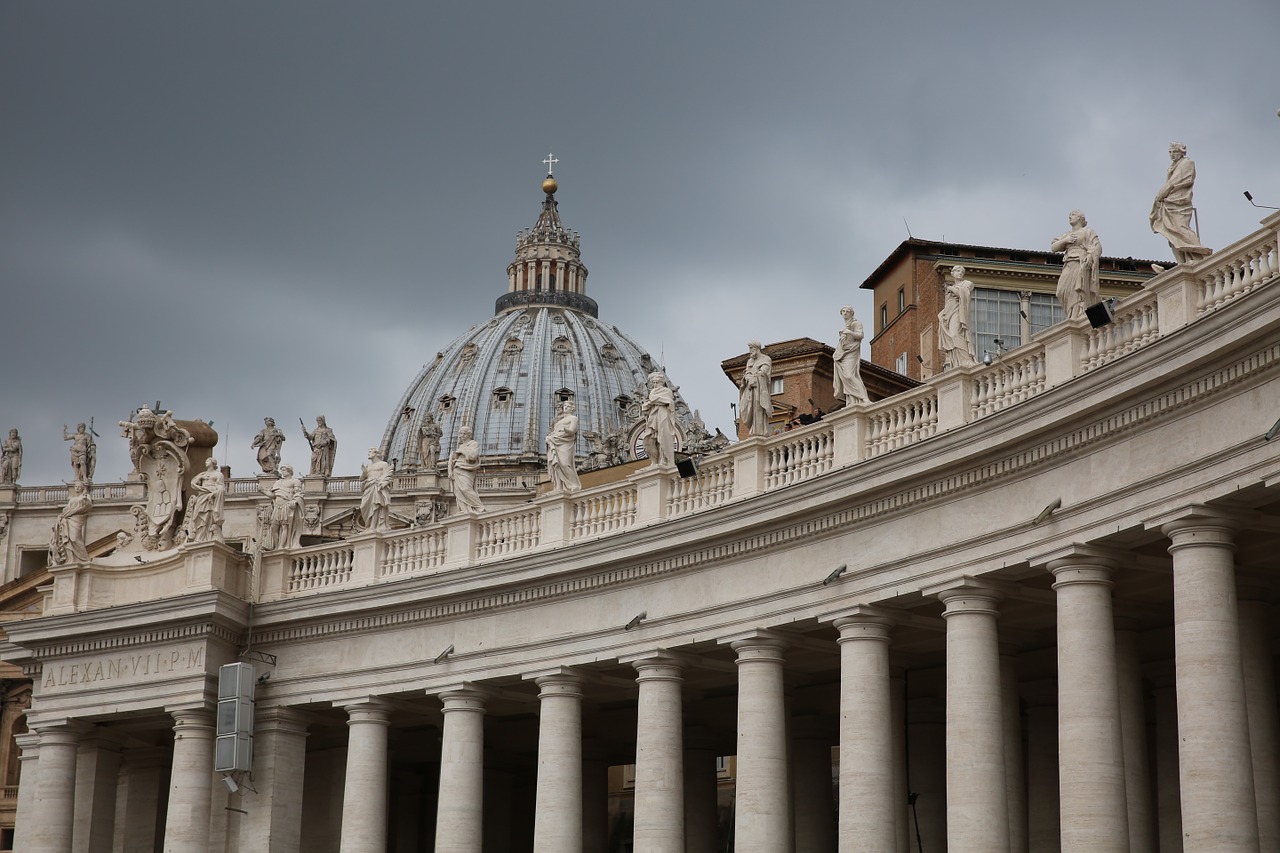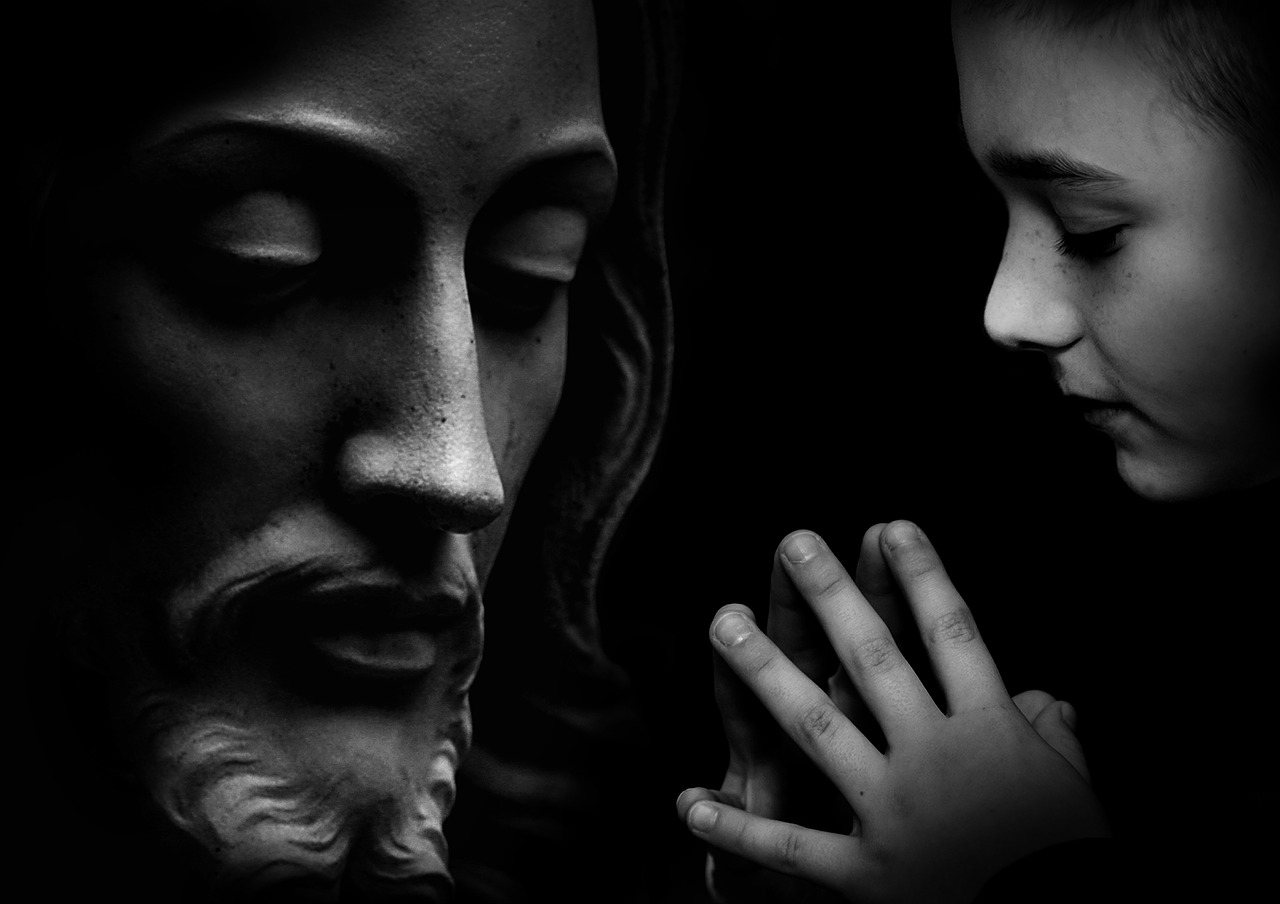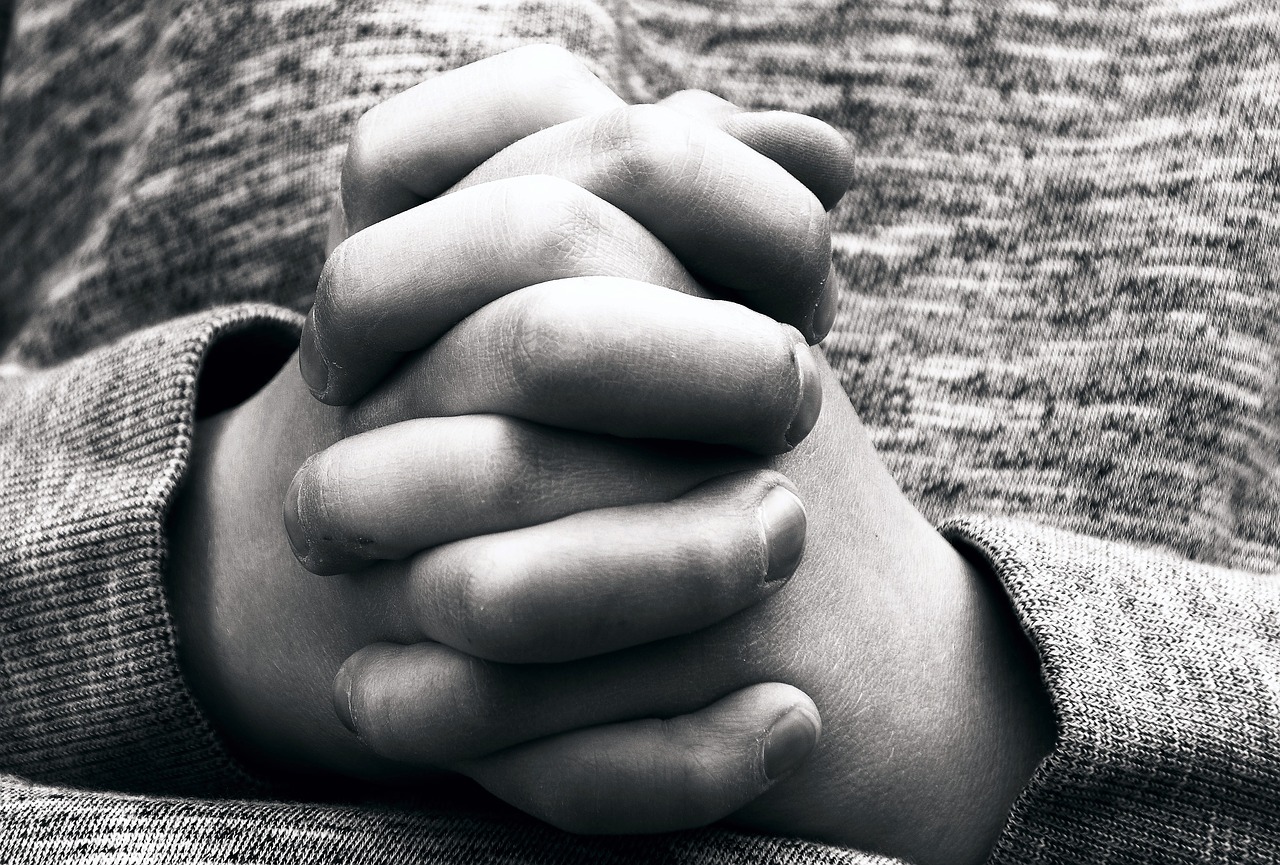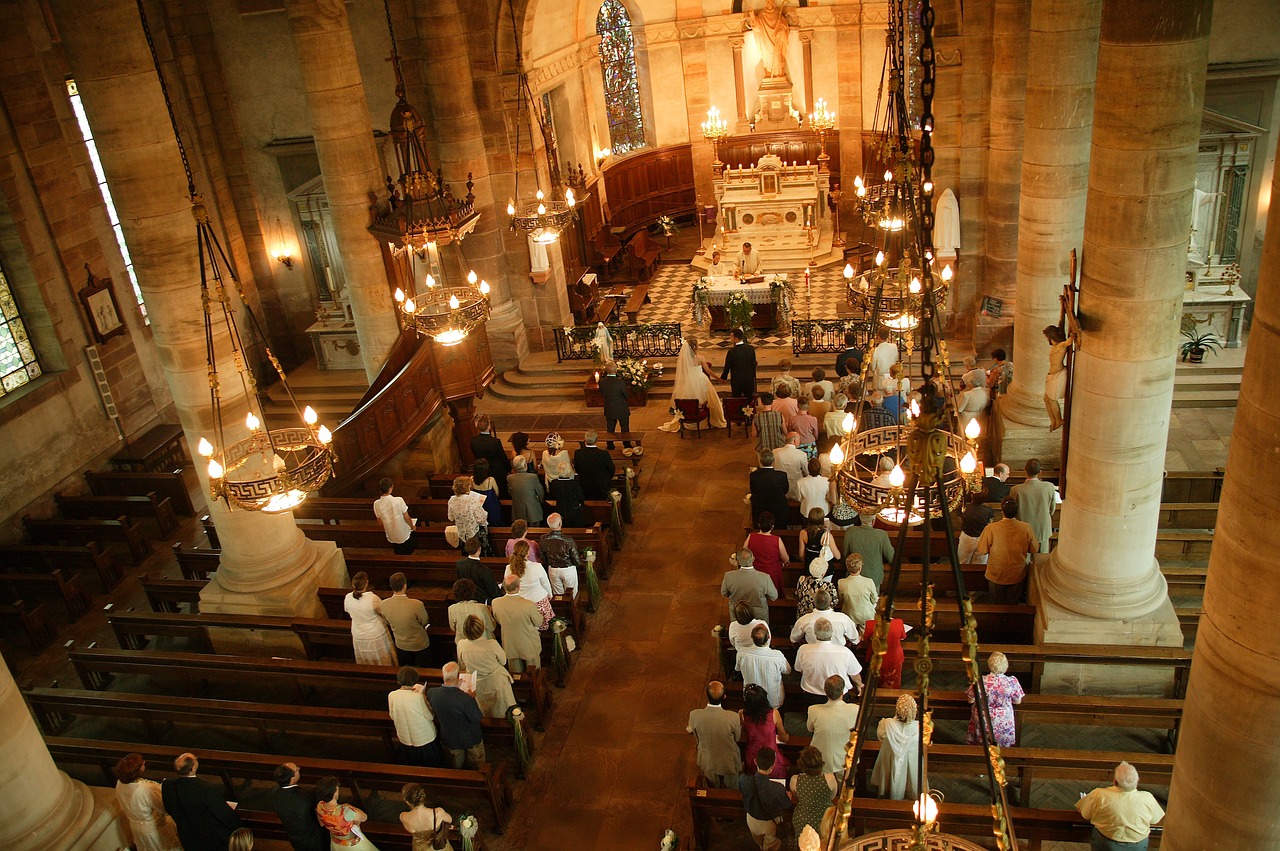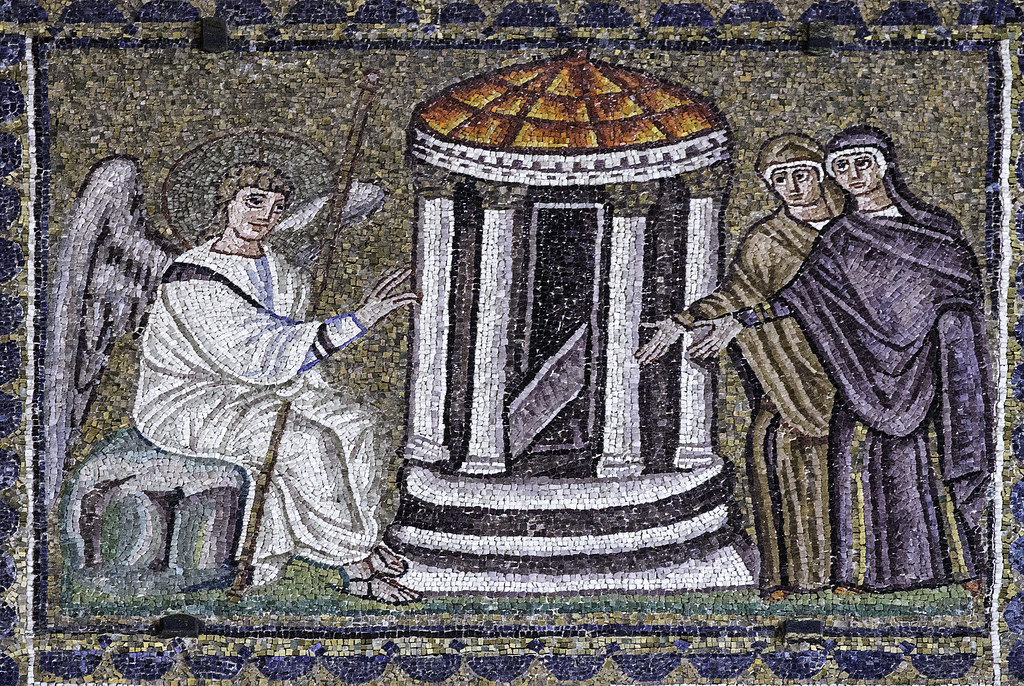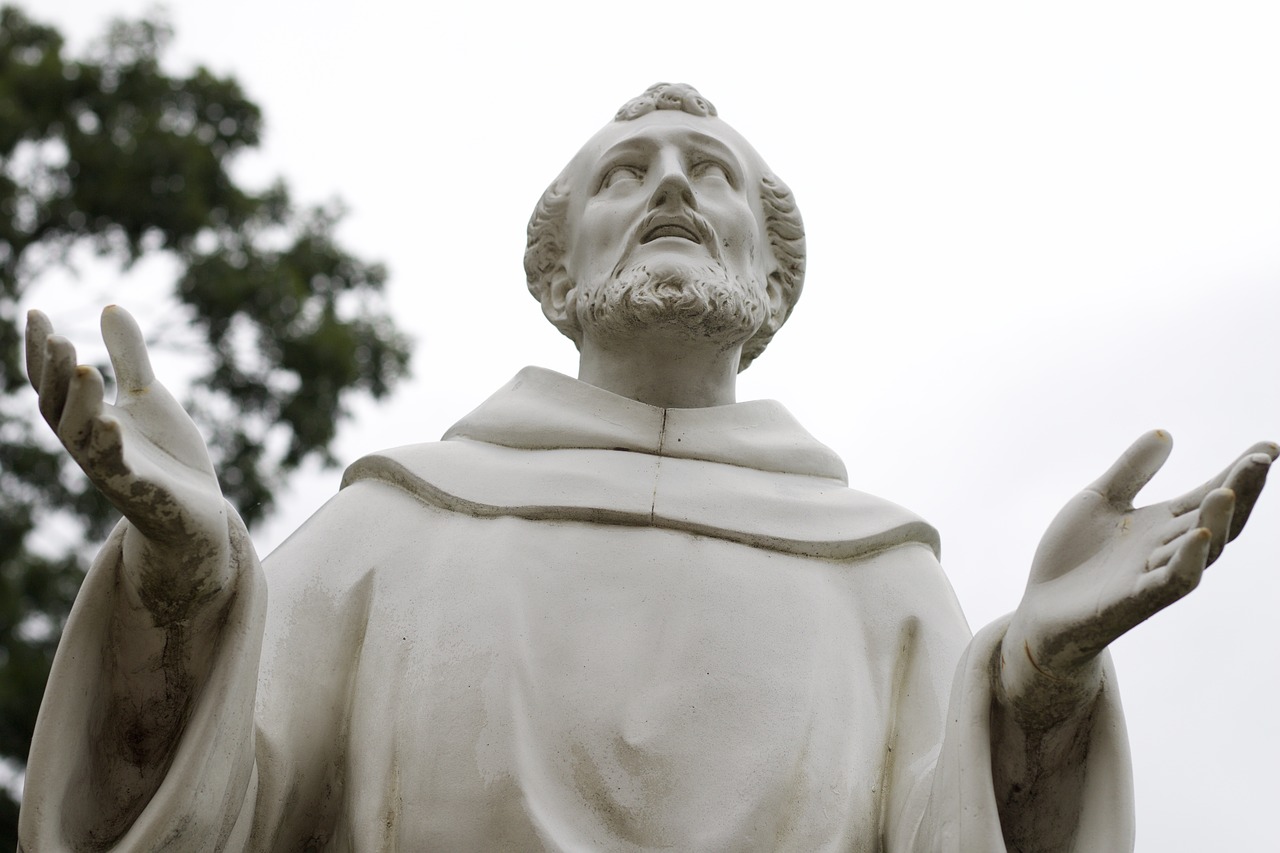
Yes—if we have a good appreciation of what a saint is. A saint is a sinner who just keeps trying, as the saying goes. The essential interior difference between the average person and the saint is perseverance in the quest for fullness of life.
But even that sounds like jargon. Fullness of life? It’s a Scripture term meaning everything human life is supposed to be but often isn’t. Genesis says we’re made in the divine image, so whatever divine life is, that’s what we have the inbred capacity and yearning for. We’re designed to be creative, wise, loving, compassionate, just, limitless, eternal. But too often, we turn out dulled and thwarted, pinning our hopes on foolish goals and pursuits, jaded and cynical, lonely, judgmental, and biased. Far from being expansive creatures, we hurl away our freedoms in favor of programmed entertainments and prepackaged consumer ambitions. Instead of fullness of life, most of us settle for just a sip.
The way to get it all, curiously, involves giving a lot of what we currently value away. The secular gurus of simplification are right: our modern lives are choking us with stuff, and we need to divest, downsize, and aim to own less, want less, do less. Thérèse of Lisieux counseled that Our Lord cherishes simplicity. We have to un-complicate our calendars and find silence in the cacophony demanding our attention. Once we create some blissful empty space, we can load up on virtues, which Anthony of the Desert considered a better source of nourishment than what’s usually on the table.
Being holy doesn’t involve cosmic revelations. Vincent de Paul offered a simple way: will what God wills, see as God sees. If that’s still too lofty a starting place, consider Dominic’s advice to master your passions or be mastered by them. Newly canonized Pope John XXIII believed ten minutes of spiritual reading a day would feed the soul. Camillus de Lellis had his own pithy formula: Think well. Speak well. Do well.
If this short listing convinces us of anything, it’s that many paths lead to holy living. What’s vital is to begin—somewhere. You can’t go wrong by embracing the spirit of humility, which is every saint’s favorite virtue. Paint the house of your soul with it, John Chrysostom recommended. Or how about capitalizing on love? Clare of Assisi observed that we become what we love. If we love things, we become a thing. If we love Christ, we become sons and daughters of God.
Scripture: Psalm 16:11; Matthew 5:3-12; John 10:10; 1 Corinthians 13:1-13; Ephesians 2:19-22; 3:14-19; Galatians 4:3-7; Colossians 2:6-10; 1 Timothy 1:16
Books: The Saints’ Little Book of Wisdom: The Essential Teachings, by Andrea Kirk Assaf, Kelly Anne Leahy, compilers (HarperCollins, 2016)
My Badass Book of Saints: Courageous Women Who Showed Me How to Live, by Maria Morera Johnson (Ave Maria Press, 2015)
Reprinted with permission from PrepareTheWord.com. ©TrueQuest Communications.





